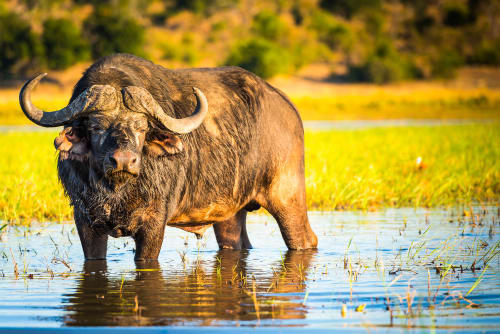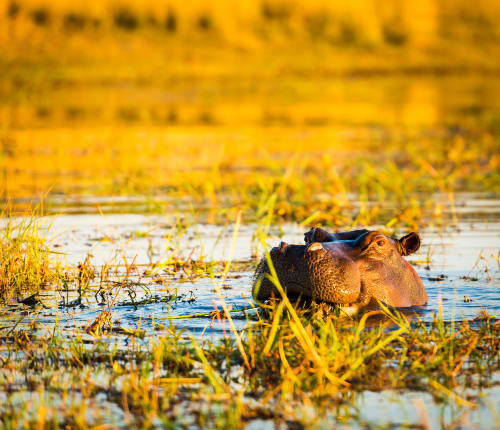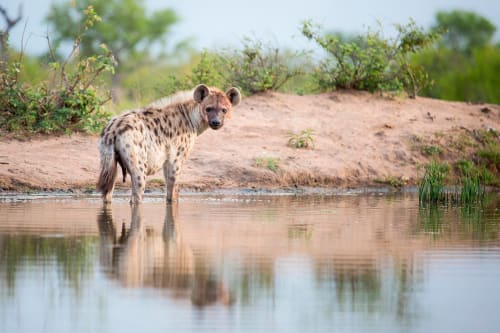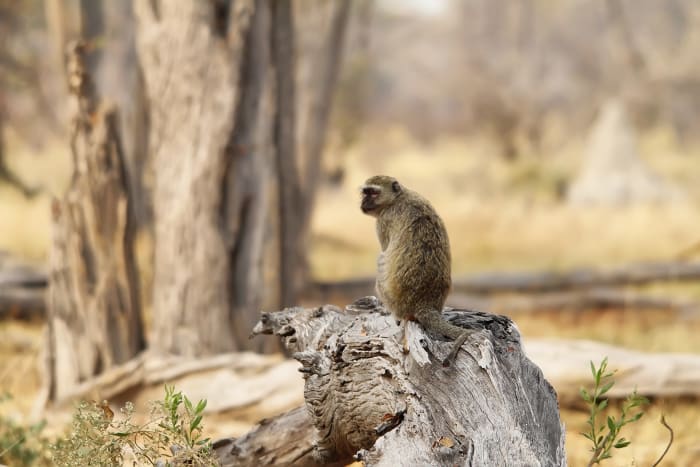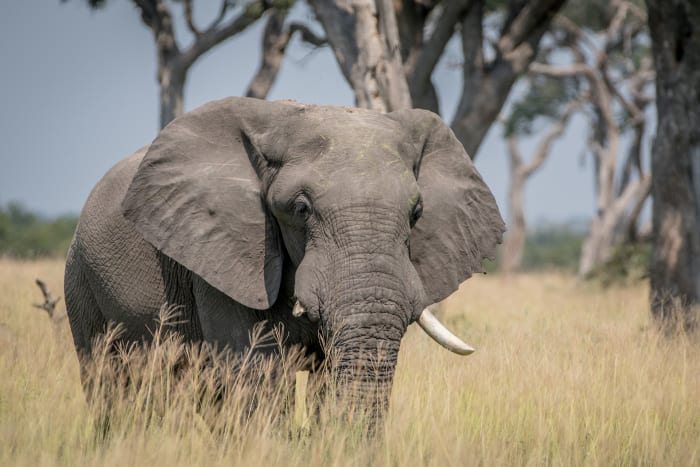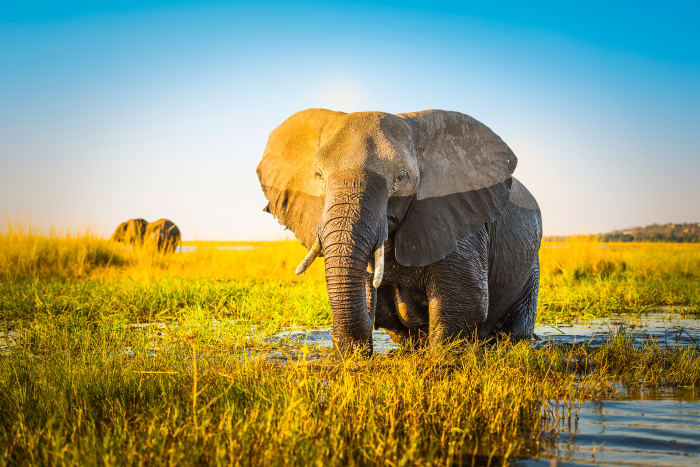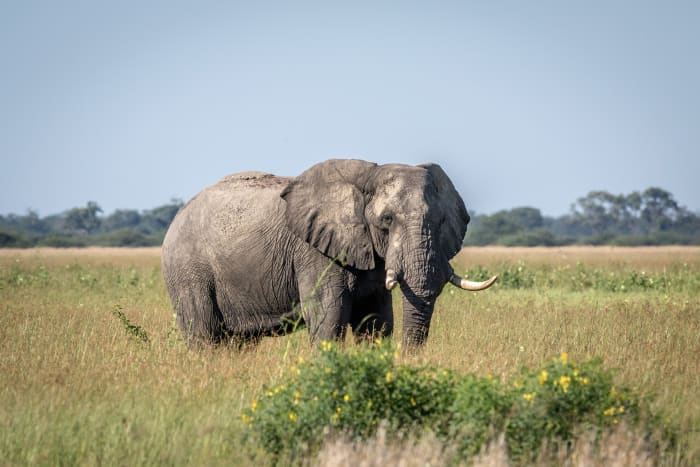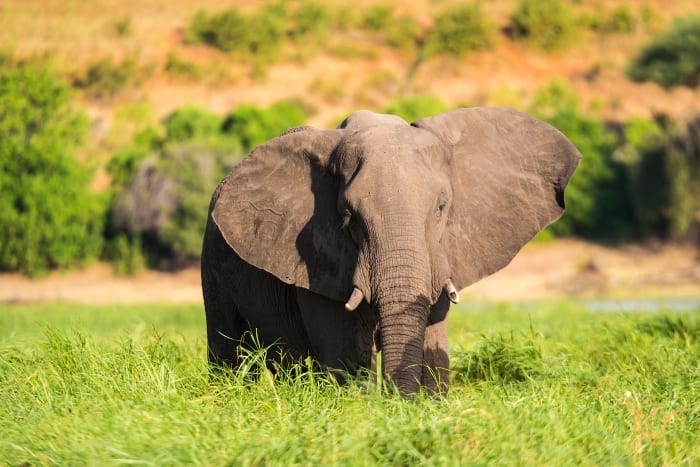The Shimba Hills is a National Park in Kenya in the provinces of Kwale. The park was established on 01.01.1968 and covers an area of 0.3 km². The Shimba Hills offers the possibility of self-drive safaris.
The park is located about 30 km southwest of Mombasa, bordering the Mwaluganje Elephant Sanctuary to the northeast and only about 30 km from the famous Diani Beach. Shimba Hills protects one of the last large coastal rainforests in East Africa. It is a stronghold for the rare subspecies of sable antelope: Roosevelt's Sable. This is not a Big Five reserve, but some of the usual safari animals can be found here, as well as some interesting forest animals.

